Syn.: Covillea tridentata (Sessé et Moc. ex DC.) Vail, Larrea divaricata subsp. tridentata (Sessé et Moc. ex DC.) Felger et C. H. Lowe, Larrea mexicana Moric., Neoschroetera tridentata (Sessé et Moc. ex DC.) Briq., Schroeterella tridentata (Sessé et Moc. ex DC.) Briq., Zygophyllum tridentatum Sessé et Moc. ex DC.
Family: Zygophyllaceae R. Br.
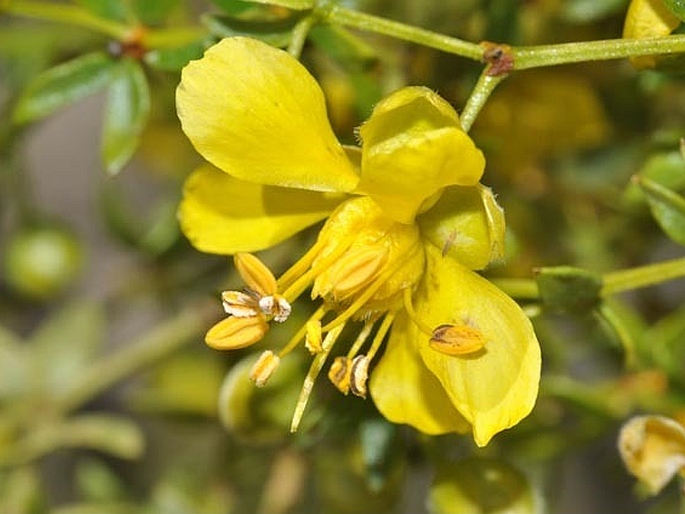
Distribution: Found in Mojave, Sonora and Chihuahua deserts, from southern California, southern Nevada, southwest corner of Utah and through southern Arizona and New Mexico to Texas. Also through neighbouring north-central states of Mexico, as far south as Hidalgo.
Ecology: This plant is usually dominant or codominant in the above deserts. These areas are known as Creosote flats. This implies that its preference to level ground. Found in poor soil. It dominates the neighbouring plants for its fast uptake of water. Blooms usually in May but can flower during summer and autumn after any sufficient rainfall.
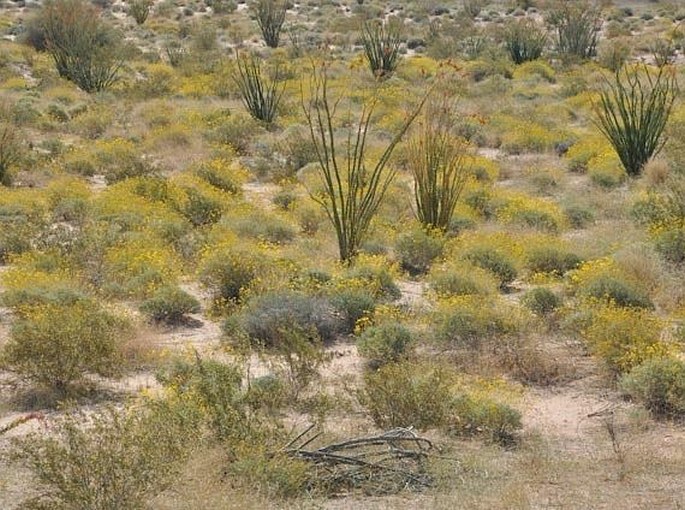
Description: Drought tolerant, evergreen shrub, up to 3 m high, with brittle branches, densely leafy at the top. The root system is a tap root to 80 cm deep with lateral branch roots to 3 m long. Branches are gray-brown. The small, paired leaves are actually a single leaf with 2 split leaflets, joined at the base. Leaves are shiny, green, thickened, waxy, and strongly scented. Flowers are up to 2.5 cm across and have 5 twisted petals. Fruit is a round, lobed, hairy, white seed capsule.
Notes: These tough, clone-forming shrubs are extremely long-lived and they could be the longest living organisms on earth. So called King Clone in Mojave Desert is estimated to be 12,000 years old.
Also for its water economy and dominance they can become invasive under favourable conditions.
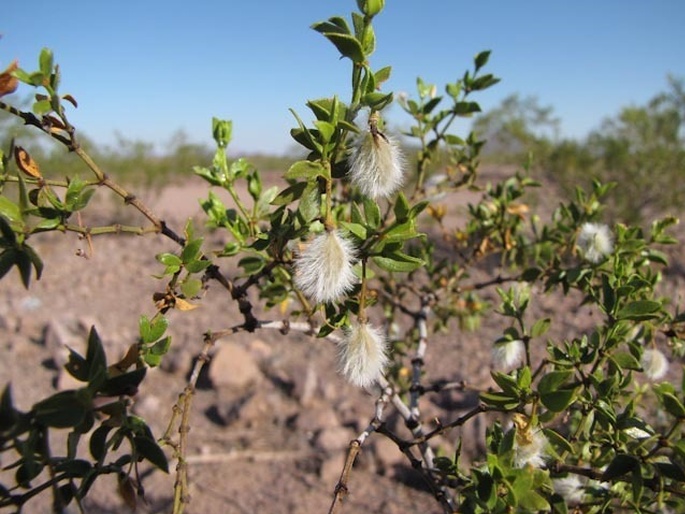
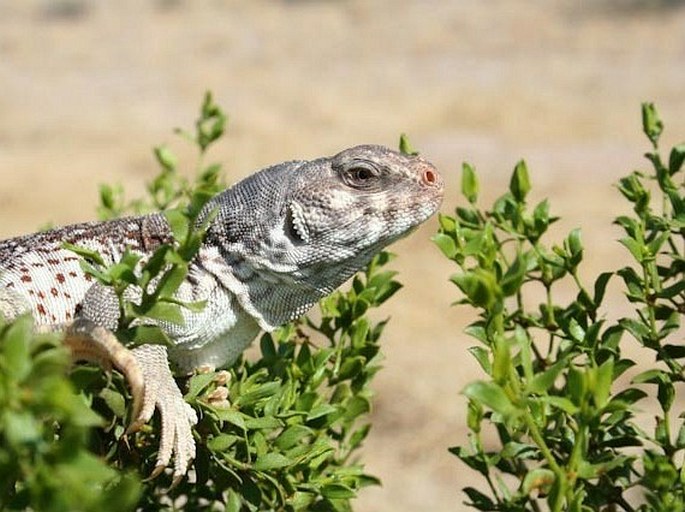
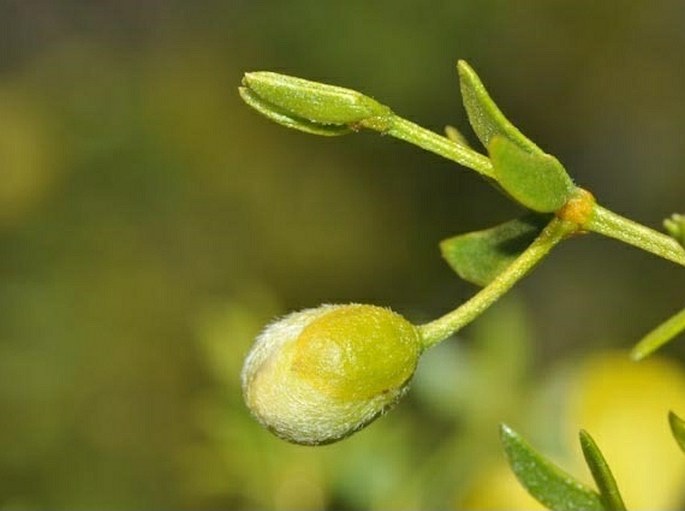
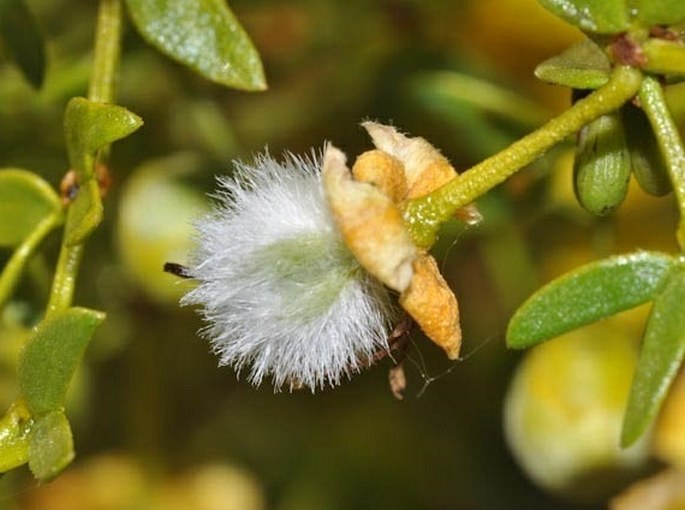
These images were taken in USA, Arizona, Tucson, Agua Caliente Park and Mojave Desert at Parker (by Philip J. Bergmann and Karel Bergmann jr., May 2006, May 2008); Arizona, Gila Bend Mountains (by Karel Bergmann sr., May 2009).


